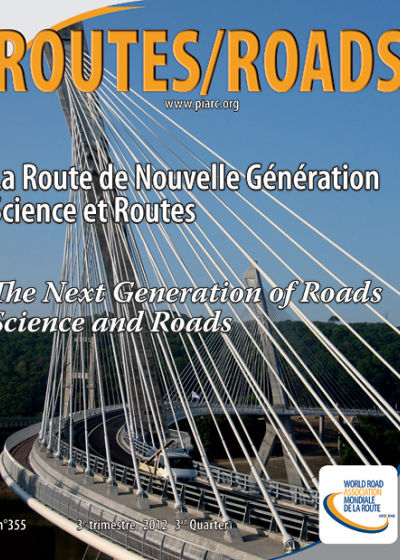"Stadtmitte Am Fluss" Saarbruecken moves back to its river

Planning paradigms like the "car-oriented city" have left their visible traces in European cities. Individual districts, as well as highly attractive spaces along rivers and streams, are often separated from the city center by large infrastructure like major streets or railway tracks. As it is very difficult or impossible to remove the infrastructure, so new strategies have to be developed to overcome these major urban barriers. They are barriers both to physical movement of pedestrians, cyclists and other road users, but also a psychological barrier to peoples' use of these barriered spaces.
The City of Saarbruecken (pop. 175.000), the capital, heart and engine of the Federal German state "Saarland" and one of the smallest major cities in Germany, situated at the border to France is no exception in terms of those issues. [...]
-
Information sheet
- Date: 2012
- Author(s): KURZ Mathias / SCHREINER Christian
- Domain(s): Urban Mobility / Road Pavements
- Type: Routes/Roads 355 - Article -
- PIARC Ref.: RR355-068
- Number of pages: 8
-
This article has been published in the Routes/Roads magazine
